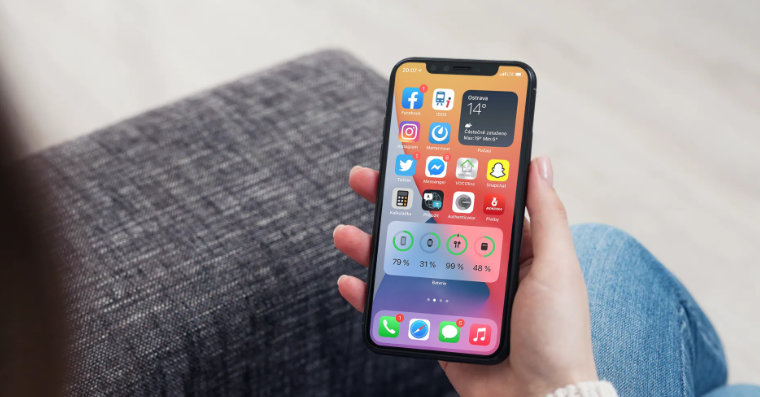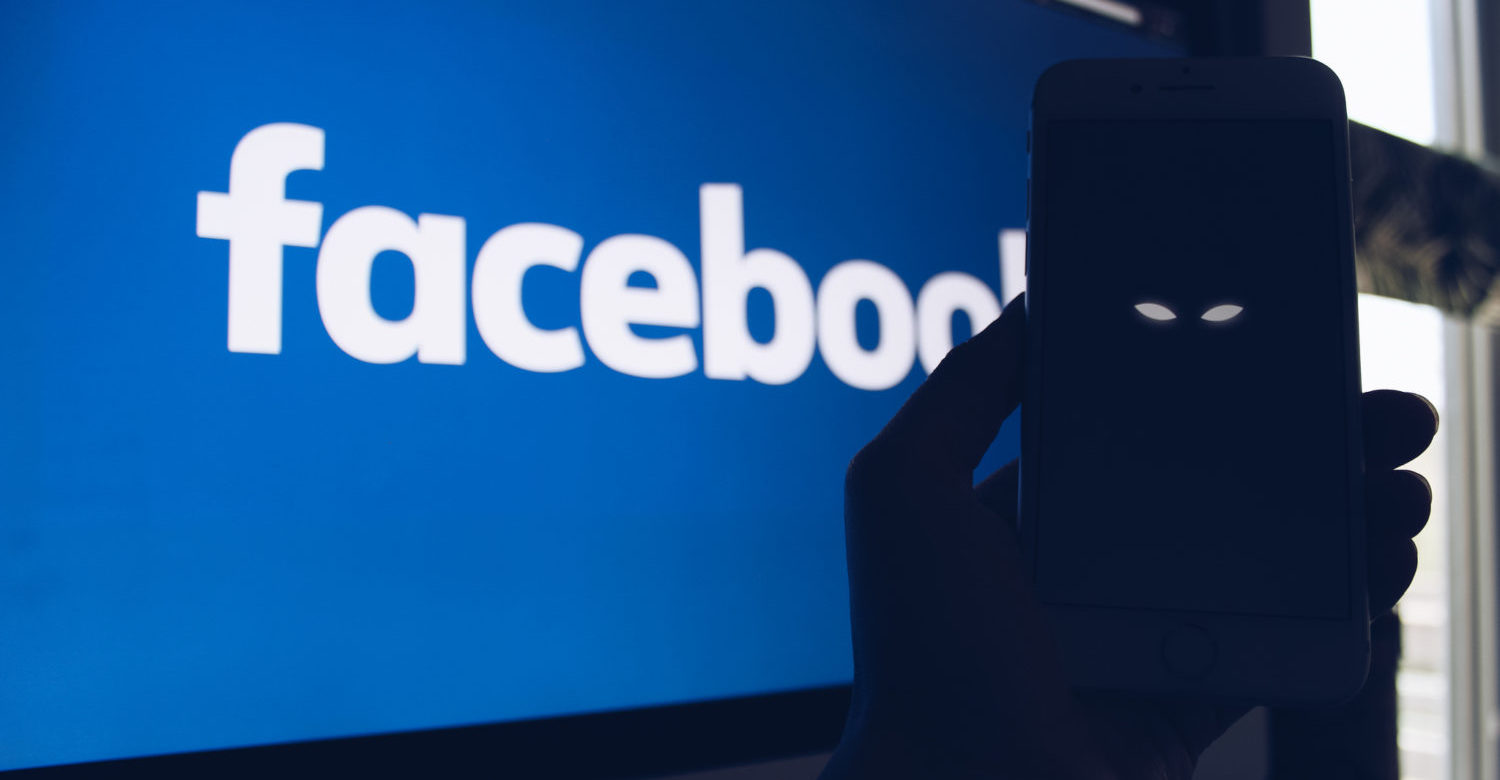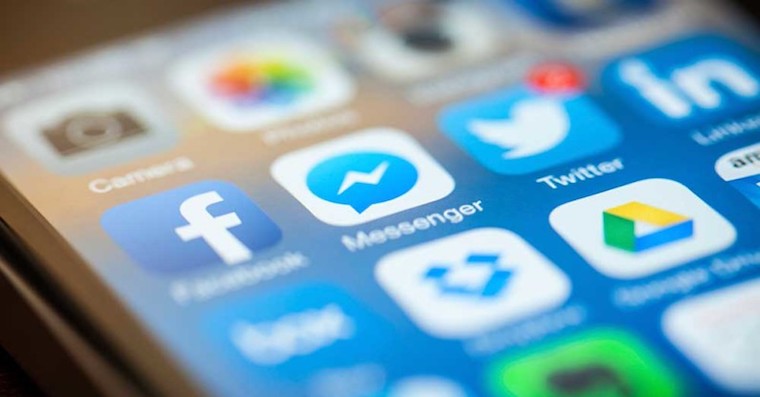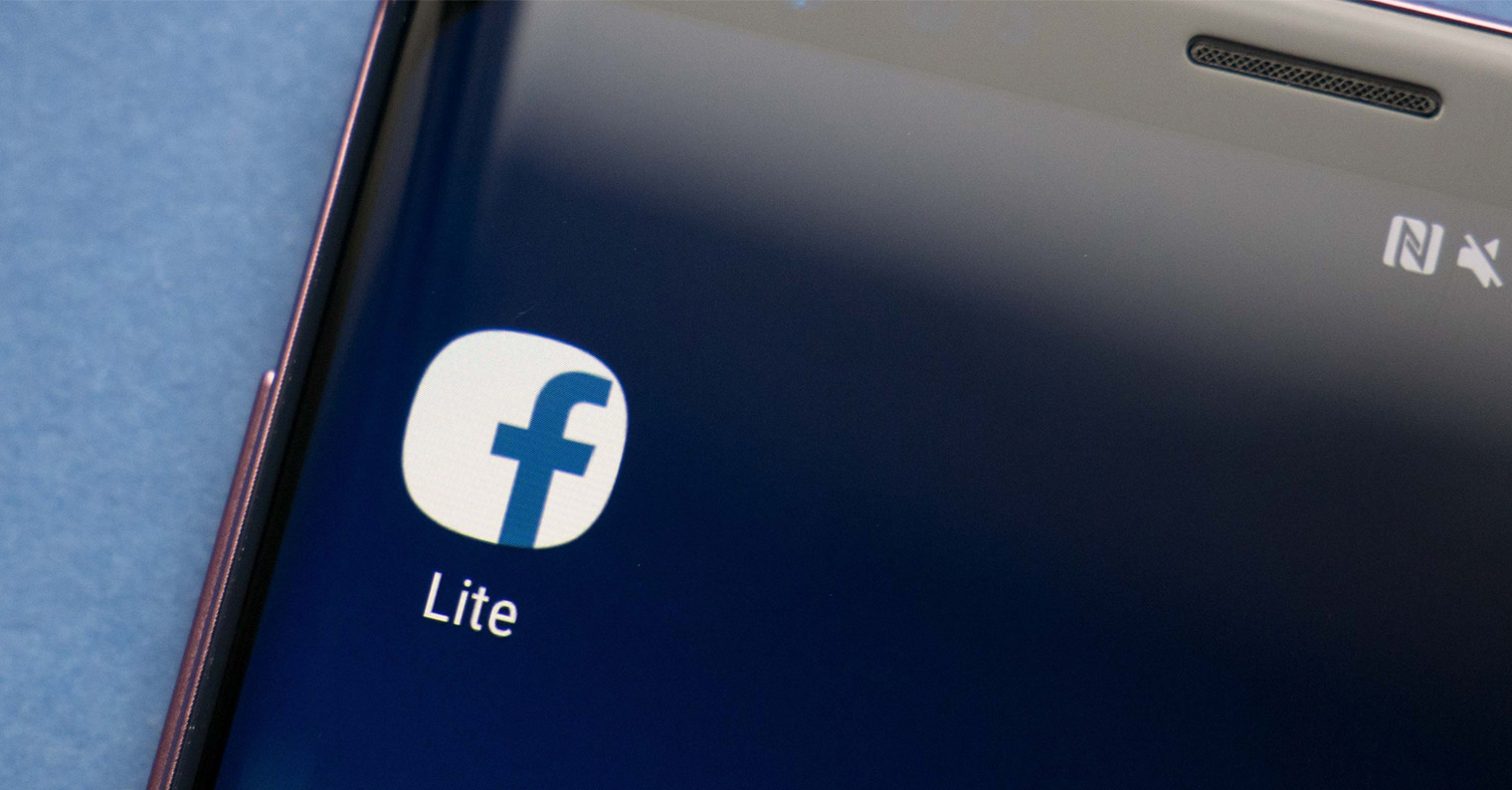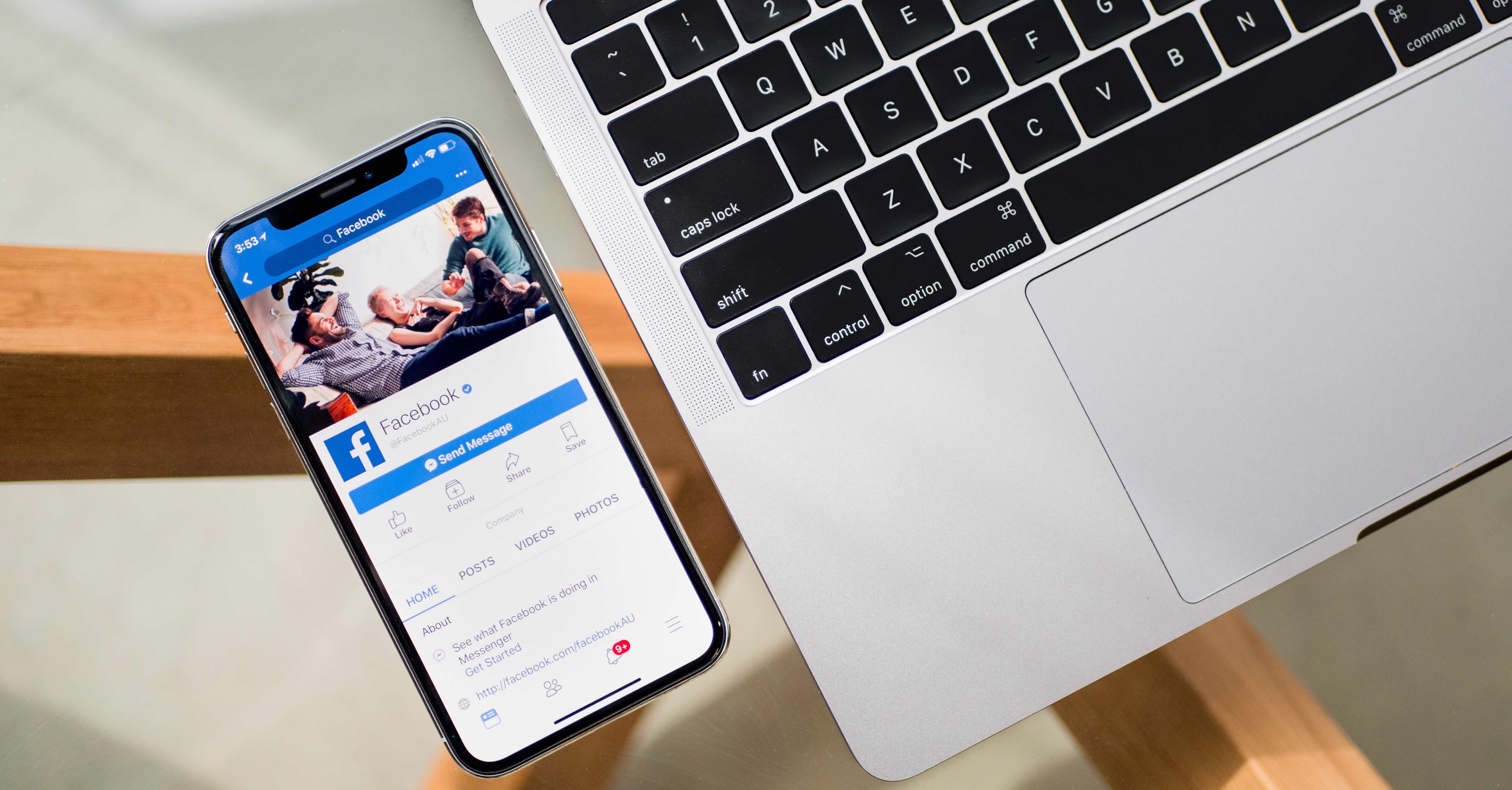It doesn't matter whether you belong to the young generation or whether you already have so-called "something behind you" - in any case, you could not have missed the presence of social networks, which facilitate communication, allow us to connect with people from all over the world, and at the same time have a significant impact on our thinking . There is a large group of users who are not exactly positive about the use of these networks, especially the publication of opinions, photos and videos among a large number of people. However, a large part of the population, especially the younger generation, often literally fell for social networks. Whether it is bad or good is not the subject of this article, we will focus on how social networks are adapted for the blind, which are big obstacles for them, which are, on the contrary, welcoming, and what social networks mean to me as a blind person from a very young generation.
It could be interest you
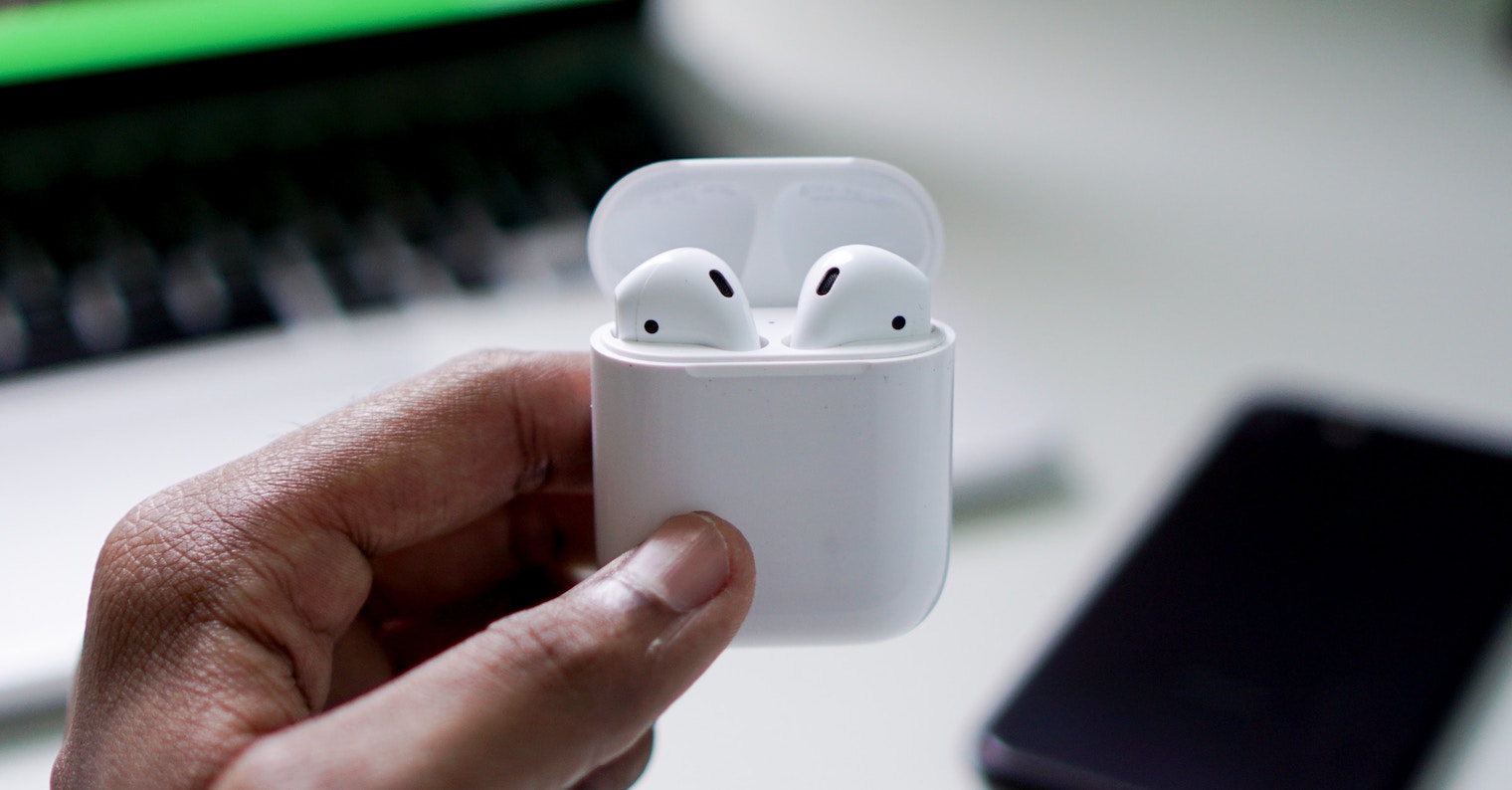
Most of you who follow events on social networks at least a little know very well that Facebook, Instagram and TikTok enjoy huge popularity in Europe. Regarding the first mentioned, you will find a huge amount of content here, such as the pages of larger institutions, bands, content creators or producers, as well as photos, videos or short stories. Apart from the stories, more or less everything is accessible to the blind, but of course with limitations. For example, when it comes to describing photos, Facebook doesn't describe them completely wrong, but a blind person can't find a detailed list of what's in the photo. He will learn that there are several people in nature or in a room in the photo, but unfortunately he will not find out what these people are wearing or what their expression is. Regarding adding posts, I must state that practically everything is quite accessible on Facebook in this case. I see the editing of blind photos as a problem, but it is nothing serious for this social network.
Instagram content is overwhelmingly made up of stories, photos, and videos. It is quite complicated for a visually impaired person to navigate the network, even though the application as such is relatively accessible and, for example, describes photos in the same way as Facebook. However, users are often used to, for example, editing photos more, adding so-called memes and many other contents, which is almost impossible for a visually impaired person. As for TikTok, given that there are basically only short fifteen-second videos, you can probably guess that visually impaired people usually don't get much information from them.
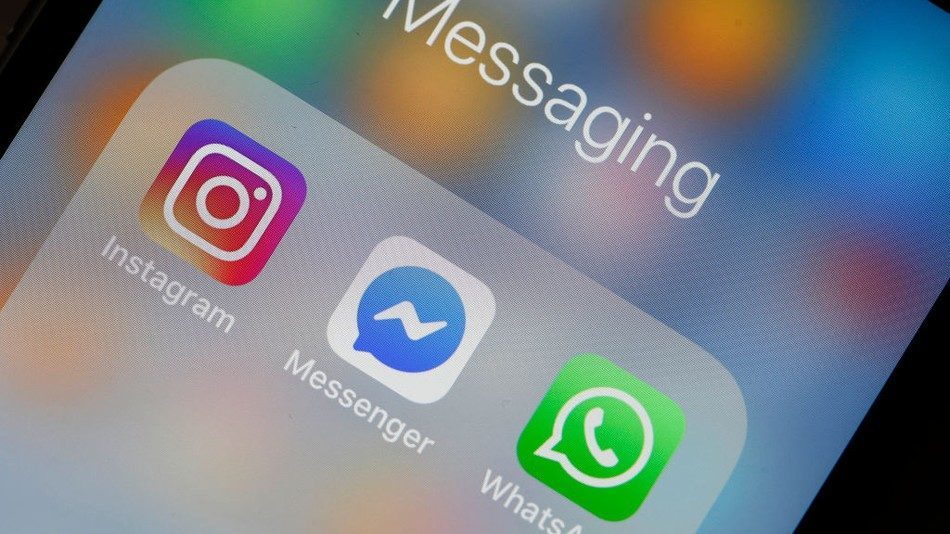
Don't worry, I haven't forgotten about other social networks such as Twitter, Snapchat or YouTube, but I don't think it's necessary to write about them at length. In practice, it works in such a way that content that can be read in some way - for example posts on Facebook or Twitter, or some longer videos on YouTube - have more value for visually impaired people than, for example, fifteen-second videos on TikTok. As for me specifically and my relationship with social networks, I am of the opinion that even blind people should at least express themselves on them as much as possible, and that at the same time it will not hurt anything if they get help with taking pictures and editing on Instagram, for example. I think social media is extremely important for communication in general, and that goes for both the sighted and the visually impaired. Of course, it's practically impossible for blind users to add multiple stories to Instagram every day, but this has the advantage that they can think more about the content and it can be of higher quality.
It could be interest you
